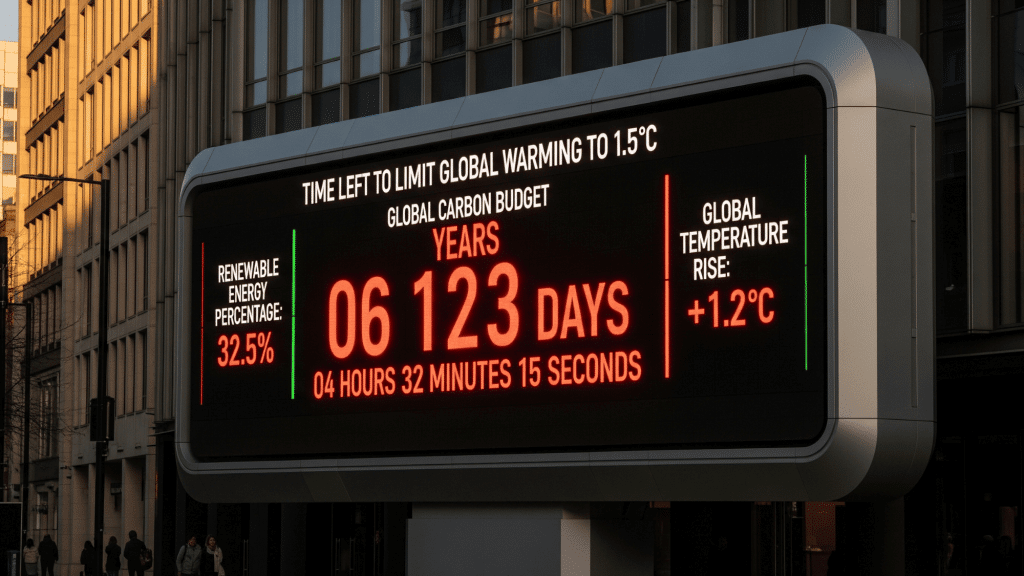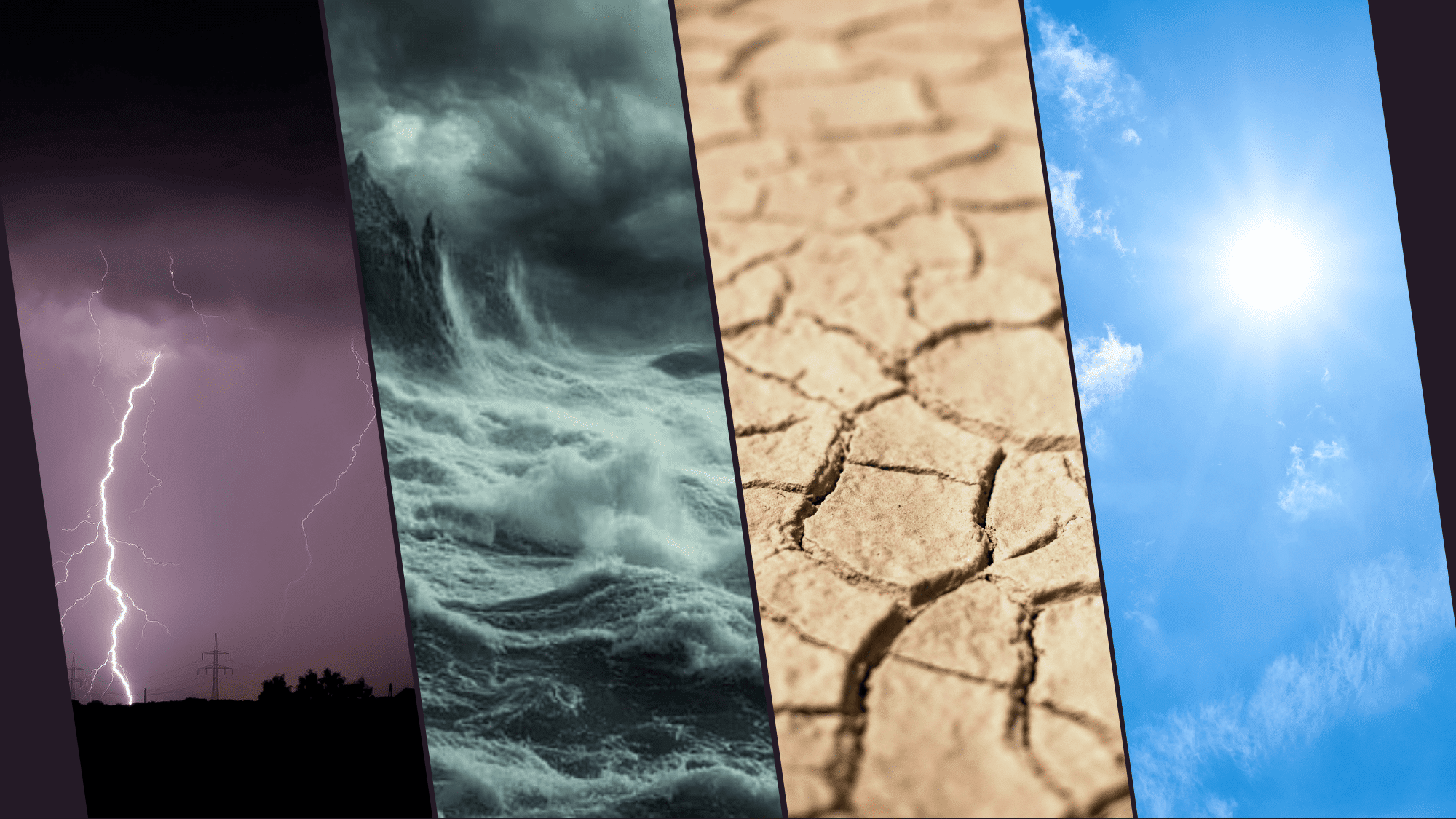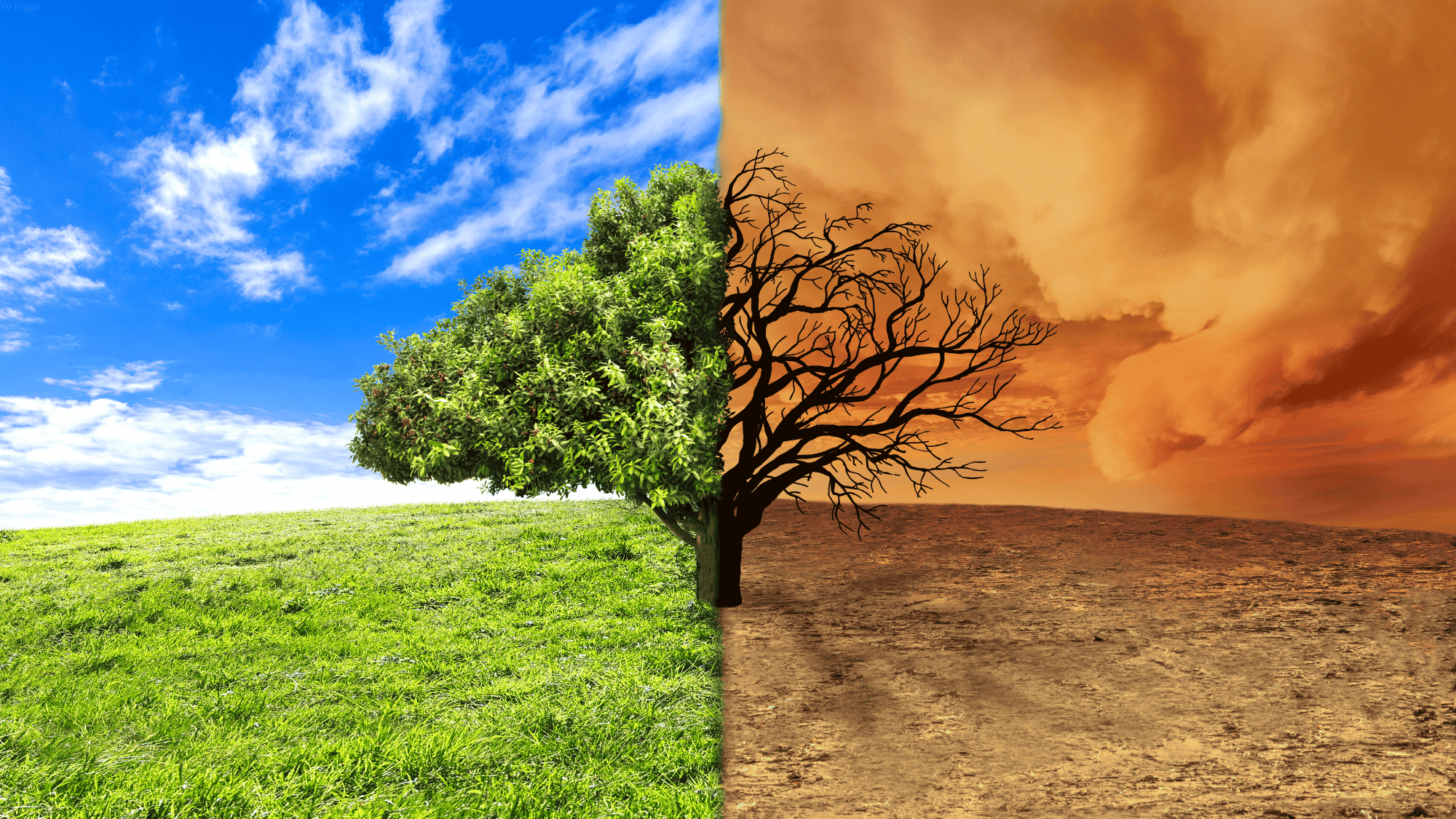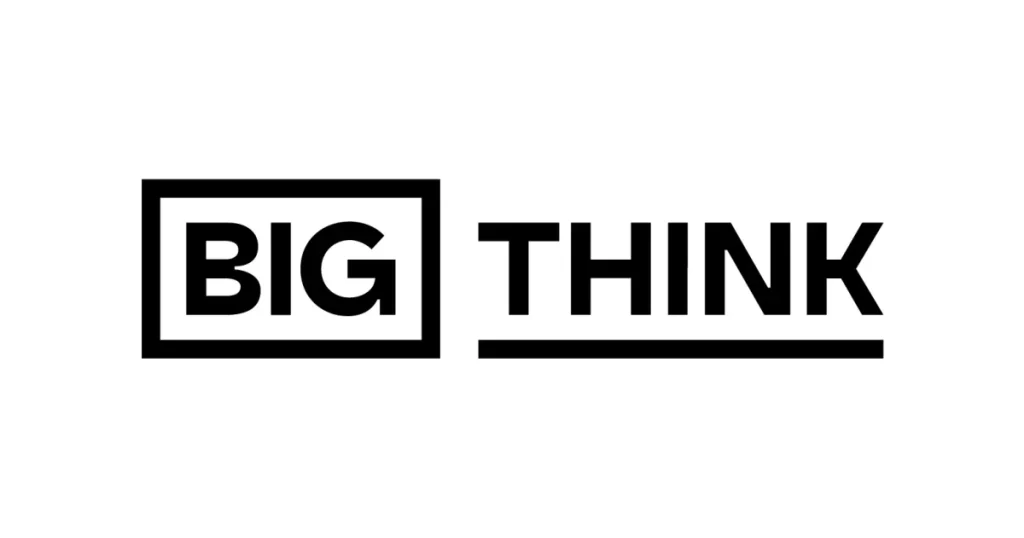The climate clock counts down our time to act on global warming. Many people wonder what happens when this clock reaches zero.
This question creates fear and confusion among communities worldwide. What does this mean for you and your family? What changes might occur if we cross this line?
These questions matter to everyone, not just scientists. This post breaks down the facts about the climate clock, what reaching zero means, and steps people can take today.
Understanding the Climate Clock
The Climate Clock serves as a visual countdown, tracking the time remaining to limit global warming to 1.5°C.
This temperature mark matters because crossing it could lead to long-term harm for the planet. The clock helps people visualize abstract climate data in a clear and easy-to-understand way.
Many people find it difficult to relate climate facts to their daily lives. The clock changes this by showing the urgency in simple numbers of years, days, hours, and minutes left to act.
This countdown aims to motivate action from governments, businesses, and individuals before time runs out.
How does it work
The Climate Clock utilizes mathematical principles based on scientific research.
It calculates the amount of carbon humans can still release into the air (the “carbon budget”) and divides this by the current rate of carbon addition. The result shows when we’ll use up our safe limit.
The formula looks at:
- How much carbon exists in our atmosphere now
- How much more can we add before hitting 1.5°C warming
- The rate carbon enters the air each year
Current deadline (as of 2025)
As of 2025, the Climate Clock indicates that July 21, 2029, is the deadline for keeping global warming under 1.5°C. That gives about 4 years to make big changes.
Another similar tool, the MCC Carbon Clock, estimates roughly 6 years remain before crossing this line. The small difference comes from slightly different ways of calculating the numbers.
Consequences of the Clock Running Out
When the climate clock hits zero, these are several changes will follow.
Immediate Climate Impacts
When the climate clock hits zero, several physical changes will immediately affect daily life:
- Heatwaves will strike cities more often, with dangerous temperatures lasting weeks. Farmers will battle longer droughts on dry fields.
- Floods will hit many regions regularly. Bangkok could face serious flooding by 2030 as monsoon patterns change.
- Coastal areas will suffer high-tide flooding, damaging homes and roads.
Farming seasons will become less reliable, with unpredictable planting and harvest times.
Irreversible Damage
Once certain thresholds are passed, some changes can’t be reversed. Large ice sheets, once melted, need centuries to reform. Coral reefs, after dying from warm waters, require decades to regrow, if they can at all.
Perhaps most concerning is that frozen ground in northern regions contains vast amounts of methane. As this thaws, the released gas accelerates the warming process even further.
Food production also faces significant challenges. The Chao Phraya basin in Thailand, which grows rice to feed millions, could see yields drop by 40% as temperatures rise and rainfall patterns change.
Human Survival Risks
| Impact | Description |
|---|---|
| Heat Stress | Outdoor work becomes dangerous in many areas due to extreme temperatures. |
| Spread of Disease | Disease-carrying insects will expand into new areas, increasing health risks. |
| Deteriorating Air Quality | Wildfires are becoming more frequent, resulting in poor air quality and health concerns. |
| Migration | Many regions may become uninhabitable, forcing people to relocate to safer areas. |
| Long-Term Impact on Children | Children born today will face these circumstances as adults, making them a part of their everyday reality. |
What Happens After the Deadline
The climate clock reaching zero doesn’t mean the end of the world. It marks crossing an important line scientists have identified as safer. Life continues, but under more difficult conditions.
Beyond 1.5°C lies another deadline – the 2°C threshold. According to the MCC Clock, about 24 years remain before reaching this second limit.
Each tenth of a degree brings stronger storms, longer droughts, and higher seas.
However, here’s the concerning part: warming might accelerate on its own after certain points. When Arctic ice melts, the darker water absorbs more heat than white ice did.
When permafrost thaws, it releases the greenhouse gases that have been trapped within it. These natural processes can create a snowball effect where each change triggers more warming.
Temperature increase → Ice melt → Less sunlight reflected → More warming → More ice melt
Societal Collapse Risks
As environmental conditions worsen, human systems face mounting pressure.
| Risk Factor | Early Signs | Advanced Scenario |
|---|---|---|
| Food Supply | Price spikes, crop failures | Widespread shortages |
| Economic Stability | Insurance cost increases | Market disruptions, supply chain breakdown |
| Social Cohesion | Resource competition | Conflict over water, land, and food |
| Migration | Slow exodus from affected areas | Mass movement from uninhabitable regions |
Nations with fewer resources face these challenges first, but no country remains unaffected. Thailand, for instance, may experience a decline in rice production due to coastal flooding, affecting both food security and housing simultaneously.
The most troubling aspect? These problems compound each other. Food shortages can spark conflicts. Conflicts damage infrastructure. Damaged infrastructure makes it harder to adapt to climate change.
Can We Prevent Catastrophe
Rapid emission cuts stand as the most vital step forward. This means transitioning from coal, oil, and gas to clean energy sources, such as solar and wind power.
Countries that move quickly to renewable energy gain both environmental and economic benefits.
The math is simple: Every ton of carbon not released into the air extends the climate clock. Every coal plant shut down adds time. Every forest protected helps absorb existing carbon.
Policy changes make the biggest difference. When governments enforce the Paris Agreement targets, real progress happens.
Carbon pricing, which requires polluters to pay for their emissions, encourages companies to clean up their operations more quickly than voluntary measures.
“The solutions exist today. What’s missing is implementation at the necessary speed and scale.” Climate scientist statement at the 2023 UN Climate Summit.
Personal choices matter in several key ways:
- Transportation: Choosing public transit, cycling, or electric vehicles can help reduce daily emissions.
- Home energy: Switching to efficient appliances and renewable electricity cuts household carbon.
- Food choices: Reducing meat consumption and minimizing food waste can help reduce agricultural emissions.
- Purchasing power: Buying from companies with strong climate commitments sends a clear market signal.
- Civic engagement: Voting for climate-focused candidates affects policy direction.
Hope beyond the clock
The climate clock isn’t set in stone. If emissions drop, deadlines extend. After COP26 in 2021, slight progress pushed the deadline back by several months.
Technology improves faster than expected. Solar and wind power became cheaper years ahead of predictions. Electric vehicles reached cost parity with gas cars earlier than forecast.
Many regions already show what’s possible. Some countries have cut emissions while growing their economies. Cities have undergone significant changes in just a few years.
The clock serves as motivation, not a sentence. Each action taken today creates more breathing room for tomorrow.
Conclusion
The climate clock ticks forward, but this doesn’t mean all hope is lost. This blog post explained what the clock represents, what happens when it reaches zero, and what follows after crossing that point.
What comes next depends on the choices made today. Each step to cut carbon emissions adds precious time to the clock. Each delay makes challenges harder to overcome.
For you at home, this means both personal adjustments and advocating for broader policy changes. The climate clock isn’t a death sentence, and it’s a call to action with time still on our side.






















